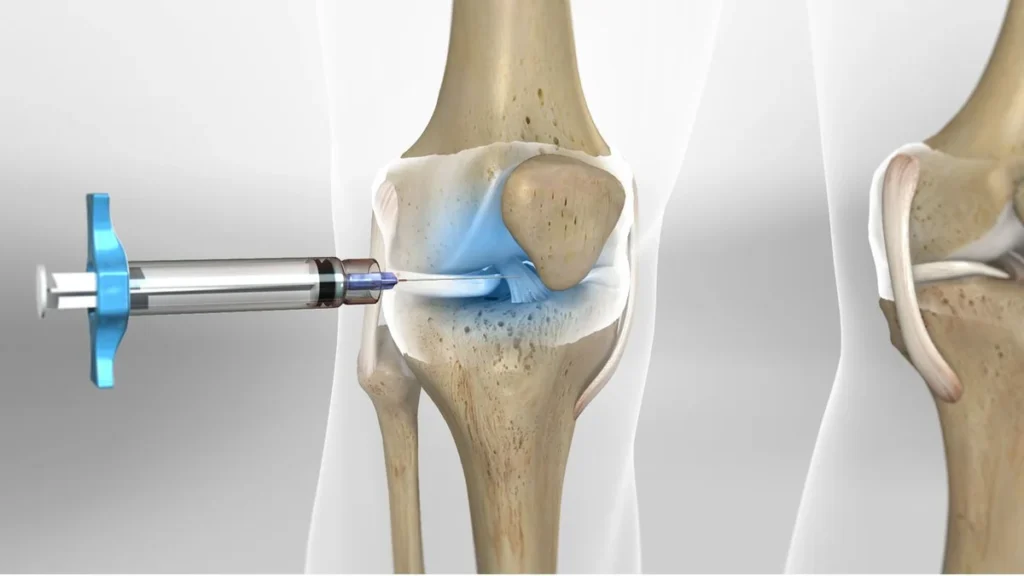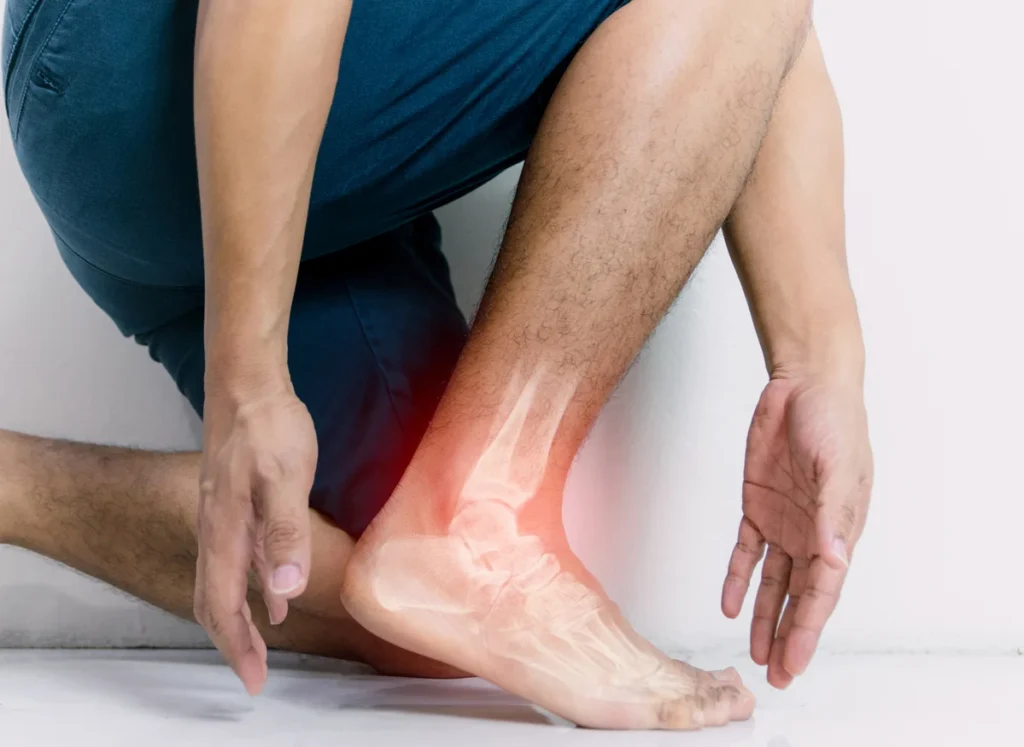To diagnose fractures and bone healing, doctors use specific methods. This article from the Limb lengthening center of Iran addresses this topic.

Examining the Fracture Site
Three important signs of bone healing in a physical examination include:
- The broken pieces no longer move relative to each other. In the initial weeks after a fracture is treated with conventional, non-surgical methods, patients might feel slight movement of the broken pieces. As healing progresses, this sensation gradually decreases.
- Pressing on the fracture site is not painful. When the fracture is still healing, external pressure on the broken bone can cause pain. As healing begins, this pain gradually subsides.
- When pressure is applied to both ends of the broken limb in a way that stresses the bone, no pain is felt.
Radiological Examination of Bone Healing
Two important signs of bone healing in radiographic images are:
- Seeing a callus at the fracture site connecting the broken pieces.
- Extension of bone trabeculae from one fragment to another. In radiographic images, lines known as trabeculae are observed extending along each other within the bone. The first sign, the presence of fluid at the fracture site, appears faster than the second and is more important.
The time needed for bone healing after a fracture varies and cannot be generalized for all types of fractures. In children, bone healing is very rapid; in radiological images, fluid at the fracture site can be seen after two weeks, and fractures typically heal completely within 4 to 6 weeks.
After puberty, age does not significantly affect the speed of bone healing.
In adults, the healing time for a healthy person’s tibial bone fracture is about three months, but in some cases, especially for long bones like the femur, it may take up to five months.
Usually, the bones of the upper limbs heal faster than those of the lower limbs. Spongy bones also heal quicker than long or cortical bones.
Factors Influencing the Speed of Bone Healing
Apart from the patient’s age and the type of bone (spongy or cortical), other factors also affect the rate of bone healing. These factors include two important elements: the blood flow at the fracture site and the immobility at the fracture site.
The greater the blood flow to the bone at the fracture site, the faster the healing. Additionally, the less movement there is at the fracture site, the quicker the healing.
It should be noted that movements causing the broken pieces to angle relative to each other may have a lesser impact on the speed of healing. In contrast, movements causing the broken pieces to rotate or move telescopically relative to each other may delay the healing process.
Other factors that can cause a delay in bone healing include the presence of infection or a tumor at the fracture site and the entrapment of soft tissues like muscles or tendons in the fracture site.
Intra-articular fractures heal slower compared to fractures where the fracture line does not reach the joint surface. Also, the presence of joint fluid may delay the formation of new tissues.
Origin of Activated Cells After a Bone Fracture
It should be stated that osteoblast cells, which are inactive, are present at the contact points between the periosteum and endosteum with the bone. When a fracture occurs, these cells become active, initiating bone formation and creating new bone.
Some researchers also believe that stem cells present in the bone marrow near the fracture site differentiate after a fracture and turn into osteoblasts (bone-forming cells).
Other studies have shown that due to the release of substances from cells destroyed near the fracture site, new capillaries form at the fracture site.
Then, the cells of the capillary walls differentiate and turn into osteoblasts, resulting in the formation of new bone. It appears that during a fracture, due to necrosis and cell death near the fracture site, substances are released into the environment that initiates these activities.
Additionally, it has been observed that after a fracture, the levels of certain hormones, such as parathyroid hormone in the blood, increase, which may impact the bone healing process.

To make an appointment or get an online consultation with Dr. Nader Motallebi Zadeh, Limb lengthening surgeon, proceed here.



